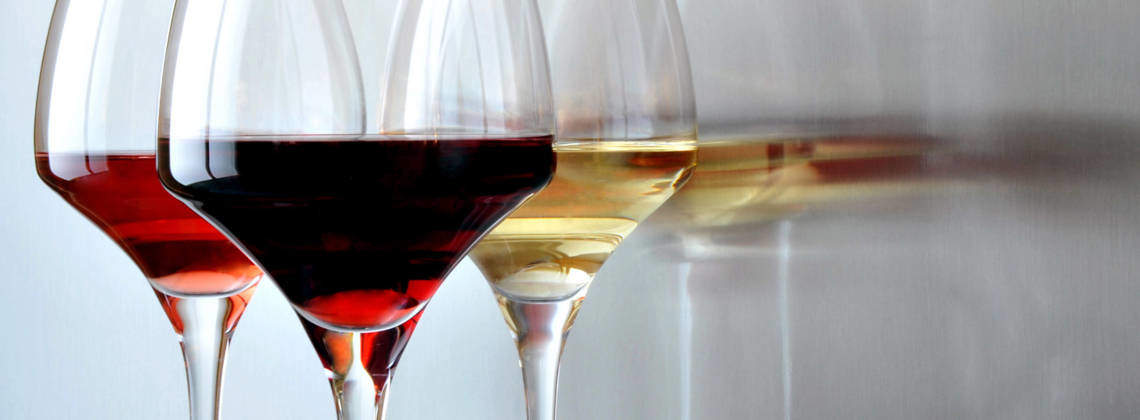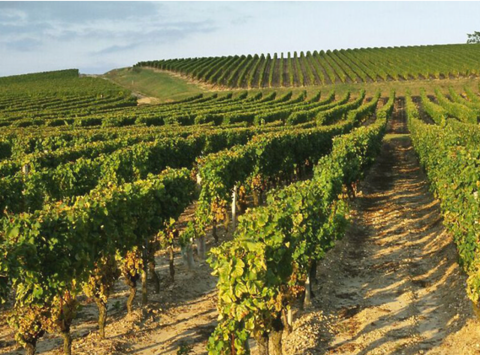Bordeaux wines’ guide to beginner’s wine tasting
All you need to know about the sense of smell and aromas
Before you taste a wine, observe it and, above all, smell it. The sense of smell is the most important sense when tasting, and it”s the one that plays the most important role. Our nose contains an exceptionally powerful and delicate tool: the olfactory bulb. It is a nerve centre where odours are analysed and it can be activated in two different ways: directly when inhaling through the nose to smell or retronasally when inhaling through the mouth and using the passage between the palate and the nasal cavities. The latter is the most effective way. We refer to the sensations that are collected directly as scents, whereas the sensations obtained retronasally – when the wine is in the mouth – are referred to as aromas.
What is an aroma? Virtually all substances or materials emit aromas. It is a volatile chemical molecule that spreads through the air and is perceived by our nose. There are three categories of aromas for wine.
Primary aromas
Each grape variety has its own aromatic signature, which is more or less intense depending on the variety. The primary aromas are therefore those produced directly by the grape varieties and are often linked to fruits.
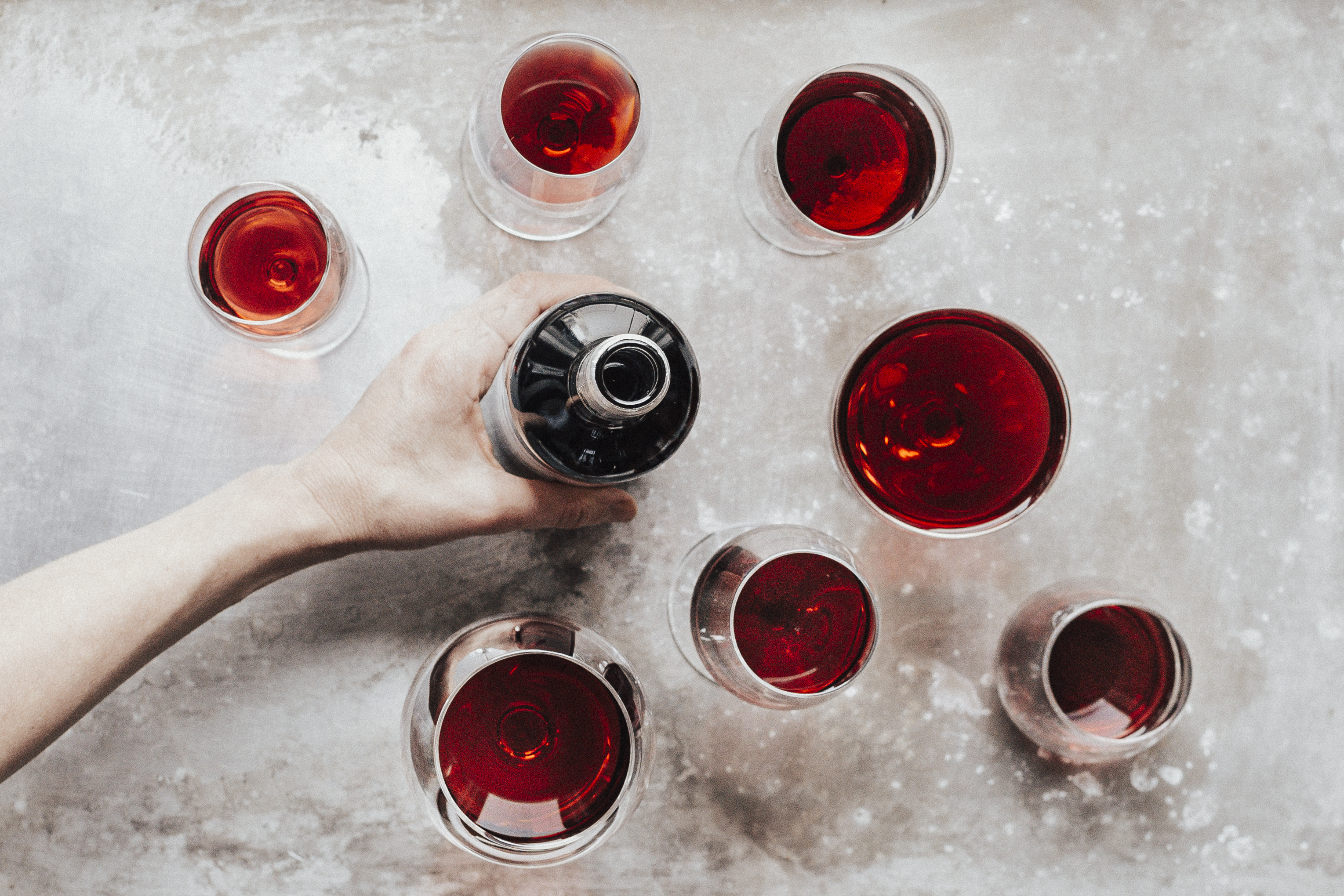
If you taste a red wine where the main grape variety is Merlot, you will be able to smell aromas of red fruits like cherry and blackberry, and of violet. Depending on the terroir, you can detect liquorice or truffle. If it’s predominantly Cabernet Sauvignon, you can smell black fruits such as blackcurrant, blackberry, plum or even sweet pepper.
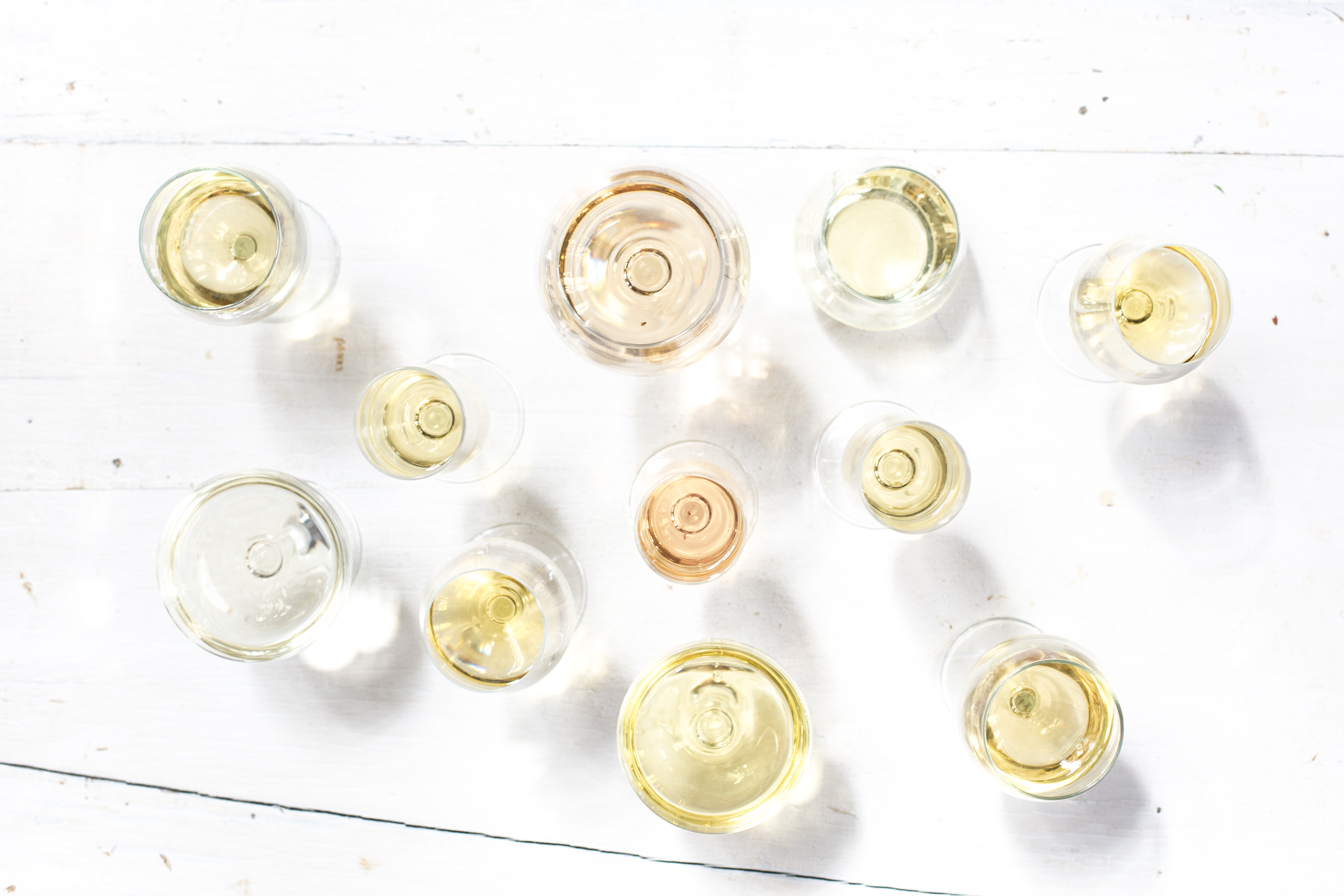
As for dry white blends, a wine dominated by Sauvignon will offer hints of citrus fruits (lemon peel, grapefruit and citron), white fruits (white peach, pear) and white flowers. If you taste a sweet white wine which is dominated by Sémillon, you will be able to smell more gourmet aromas of almonds and hazelnuts, exotic fruits such as mango and hints of candied fruits, honey and roasted dry fruits.
Secondary aromas
During the fermentation process new aromas emerge as the sugar is transformed into alcohol. The initial fruitiness is altered: buttery and milky notes are now added to the primary aromas.
Tertiary aromas
A wine’s more complex aromas appear during its ageing in vats or barrels and they harmonise in the bottle to eventually form what is called the bouquet. The primary aromas fade during the maturation process, making the wine lose its youthful character. Once the wine is bottled, aromas of leather, meat or game can develop with sometimes complex notes of mushroom, smoke and roasting.
All wine aromas can be classified into 11 aromatic families: animal (game, leather, etc.), balsamic (pine nuts, resin, etc.), woody (oak, cedar, pencil, etc.), chemical (alcohol, menthol, etc.), spicy (dill, rosemary, pepper, etc.), empyreumatic (smoked, roasted, etc.), ethereal (green apple, acid drops, etc.), floral (acacia, honeysuckle, etc.), fruity (plum, peach, blackberry, etc.), mineral (flint, limestone, etc.) and vegetal (hay, fern, tea, etc.).
Olfactory examination
Now we’ve revealed all the secrets of how the sense of smell and aromas work, it”s time to put your knowledge into practice! You are going to try to define the aromatic bouquet hidden in your glass of Bordeaux. This exercise is done in two steps, handling the glass in a special way.
The first step is to gently smell the wine to identify the first nose. Start smelling at a distance of about 10 cm and then gradually move closer to the glass until your nose is hovering just above it. You will be able to define the intensity of the wine”s nose and discover the most volatile aromas.
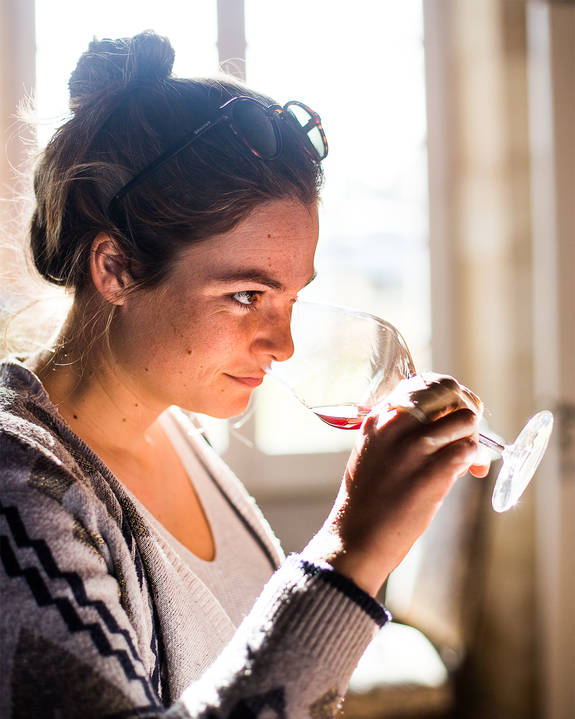
The second step consists in tilting the glass in order to have more air flowing into the glass to create the second nose. This process intensifies the aromas perceived in the first nose and reveals the less volatile aromas.
Now that you have some ideas about the aromas, you can tackle the tasting. Once the wine is in your mouth, continue to smell it retronasally. To do this, suck in a trickle of air through your mouth and then expel it through your nose. The air you sucked in will amplify the aromas of the wine, even the less volatile ones. You will be able to separate the aromas more easily and round up your olfactory examination. How about now putting this to the test and impressing your friends with your ability to describe a wine”s aromas?

